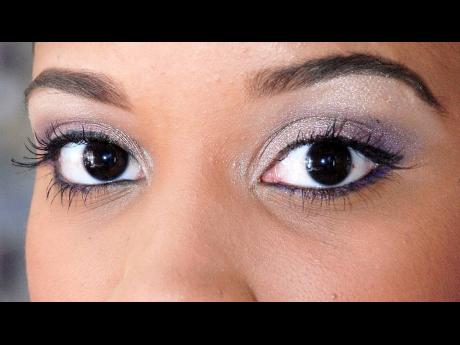Unveiling the mysteries around diabetes and the eye
DIABETES OCCURS when the blood sugar levels in the body are too high. This disease can cause problems such as heart disease, kidney failure and amputations. Blindness is also one of the severe complications of diabetes and knowing how many people can actually go blind due to diabetes is a global concern.
Diabetes is in fact one of the leading causes of blindness in the world today. This is particularly true for the global working-age population between 20 and 70 years old, and is a growing problem due to the rise of diabetes and the ageing global population.
Eye diseases that can affect people with diabetes include diabetic retinopathy, macular edema (which usually develops along with diabetic retinopathy), cataracts, and glaucoma. All can lead to vision loss, but early diagnosis and treatment can go a long way towards protecting your eyesight.
According to Dr Seslyn Maylor, optometrist, every person with diabetes is at risk of developing diabetic retinopathy. This includes people with type 1, type 2, and gestational diabetes, that is diabetes during pregnancy.
EXTENT OF THE RISK
“The duration of diabetes plays a role in determining the extent of the risk. Patients who have had diabetes for longer are more prone to develop retinopathy. Other well-established risk factors include persistent high blood sugar levels, high blood pressure and high cholesterol levels,” Dr Maylor said.
Diabetic retinopathy is caused when high blood sugar damages blood vessels in the retina (a light-sensitive layer of cells in the back of the eye). Damaged blood vessels can swell and leak, causing blurry vision or stopping blood flow. Sometimes new blood vessels grow, but they are not normal and can cause further vision problems. Diabetic retinopathy usually affects both eyes.
“One of the two stages of diabetic retinopathy that requires treatment is diabetic maculopathy where the central retina can swell and cause blurred vision. The second of two stages of diabetic retinopathy that requires urgent treatment is proliferative diabetic retinopathy where abnormal blood vessels can grow from the retina and bleed,” Dr Maylor said.
Diabetes can damage your eyes over time and cause vision loss, even blindness. The good news, she said, is managing your diabetes and getting regular eye exams can help prevent vision problems and stop them from getting worse.
“There are over 100 million people in the world with diabetic retinopathy. There are no early symptoms of diabetic retinopathy, hence the need for screening for the disease,” Dr Maylor said.
Diabetic retinopathy tends to progress slowly over a period of time often without causing any symptoms. Patients are generally asymptomatic during the initial stages of diabetic retinopathy. In rare cases, people experience a sudden onset of blindness, without any symptoms and no mild vision problems at first.
Patients with severe and irreversible retinal damage may develop a few symptoms such as:
• Pain in the eye
• Blurring of vision, which does not improve even with glasses
• Alternative worsening and improvement of the vision
• Seeing spots, cobwebs, or a hole in the field of vision
• Sudden loss of vision, especially after events like coughing and sneezing
You should be checked for diabetic retinopathy immediately if you are diagnosed with type 2 diabetes. If you have type 1 diabetes, you should be checked within five years of your diagnosis and then regularly thereafter, typically every year. The sooner you are treated for diabetic retinopathy, the better that treatment will work.
People with diabetes are also more likely to have glaucoma, which can come in several forms or types.Pressure builds up inside your eye when fluid cannot drain like it should. This can damage nerves and blood vessels, and cause changes in vision.
Medications can treat open-angle glaucoma, the most common form. They lower eye pressure, speed up drainage, and reduce the amount of liquid your eye makes. This type of glaucoma may not cause any symptoms until it is further along and you have major vision loss. Your doctor can catch it earlier, during an annual exam.
Treatment can include medicine and special eye drops. Surgery and laser treatments can help lower eye pressure.
If you have diabetes, you are also more likely to get a rare condition called neovascular glaucoma. This makes new blood vessels grow on the iris, the coloured part of your eye. They block the normal flow of fluid and raise eye pressure.
The primary treatment of neovascular glaucoma is to reverse the formation of new blood vessels.
SOURCES: Centers for Disease Control and Prevention; Health Talk Sundays


